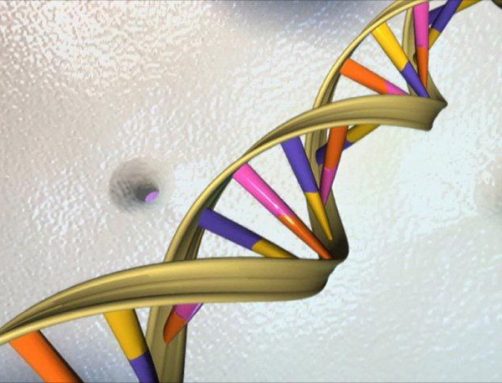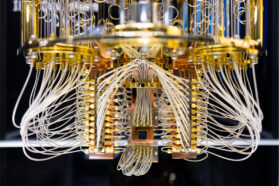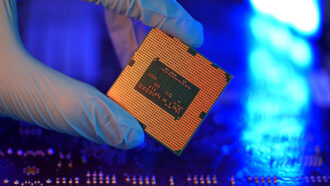Genetic memory
The stuff of genes can be used to store digital data, too

DNA can be found in nearly every cell of every living thing. The molecule is a chemical blueprint that effectively instructs cells on how to work. If holding the “blueprint of life” isn’t impressive enough, consider this: Scientists have now shown that DNA also offers a good way to store data.
The new work is “genuinely exciting,” says Drew Endy. He’s a biologist and engineer at Stanford University who did not work on the study.
In the Jan. 23 issue of the journal Nature, European researchers showed how DNA could be used to store different types of information. These included text files, an image — even an audio recording. And DNA may even work better than magnetic tape, which is currently used to store large amounts of data, the new study finds.
Spoiler alert: For their new device, the European researchers didn’t use DNA from a living organism. Instead they created a synthetic, or lab-built, mimic of DNA.
You might think of these DNA-based storage systems as futuristic “thumb drives.” But never fear: The new findings don’t suggest some version of these will ever involve your actual thumbs. The researchers are merely using the structure of biological materials in your thumb — and other parts of your body — as inspiration for new devices. These lab-built “DNA” systems could one day beat the data-holding ability of DVDs and electronic storage devices.
A DNA molecule looks like a twisted ladder with rungs made from pairs of molecules known as nucleotides. Key chemicals in DNA nucleotides are represented by the letters A, T, C and G.
The researchers used their lab-built DNA to store such things as a photograph and a text file with all 154 sonnets penned by William Shakespeare. Another file stored on the new “DNA” included a 26-second audio excerpt of the “I have a dream” speech by Martin Luther King, Jr.
The storage process had many steps. First, the researchers converted their files into computer code. Then, they translated that code into another code. This one used those A’s, T’s, C’s and G’s from DNA. The researchers sent that code to a laboratory in Santa Clara, Calif. Scientists there built billions of new strands of DNA based on the code, putting every A, T, C and G in its place. The lab then sent the DNA to the researchers in a small test tube.
To test their technology, the European researchers sequenced the DNA. That means they figured out the coded order of nucleotides. Nick Goldman, a researcher from the European Bioinformatics Institute in Hinxton, England, led the effort. He told Science News the DNA “recordings” came back without any errors. That means those files were translated perfectly into DNA and back again.
The information is remarkably compact, which means it takes up little space. For instance, one of those Shakespeare sonnets, the researchers estimated, could be stored in less than a trillionth of a gram of DNA. “DNA is also compact, lightweight, and can potentially remain intact for thousands of years if stored in a dark, cool environment,” notes Rachel Ehrenberg in Science News.
Especially important, the new technology might avoid a potential problem that all storage devices experience today: quickly becoming outdated. Data stored on old tape formats like Betamax are all but unreadable because the machines needed to read them are no longer widely available. (Another tape format, VHS, replaced Betamax. DVDs have since replaced both of those.)
But “Human beings are never going to stop caring about DNA,” argues Endy. He told Science News that because people will always want to be able to read DNA, future devices should always be able to read the files stored on it.
The technology isn’t new. Similar research was reported in Science last year. But the technology is getting cheaper to use, say the authors of the new study. They project that within 10 years or so, DNA-coded information may offer a reasonably priced way to store digital data for decades or longer.
Power Words
DNA A long, spiral-shaped molecule that carries genetic information and can be found inside nearly every cell of an organism.
synthetic Made from chemicals to imitate a natural substance.
nucleotide A compound consisting of a nucleoside — a sugar and one of the “letters” of DNA — linked to a phosphate group. Nucleotides form the basic structural unit of nucleic acids such as DNA.
cell The smallest functional element of a living thing.







